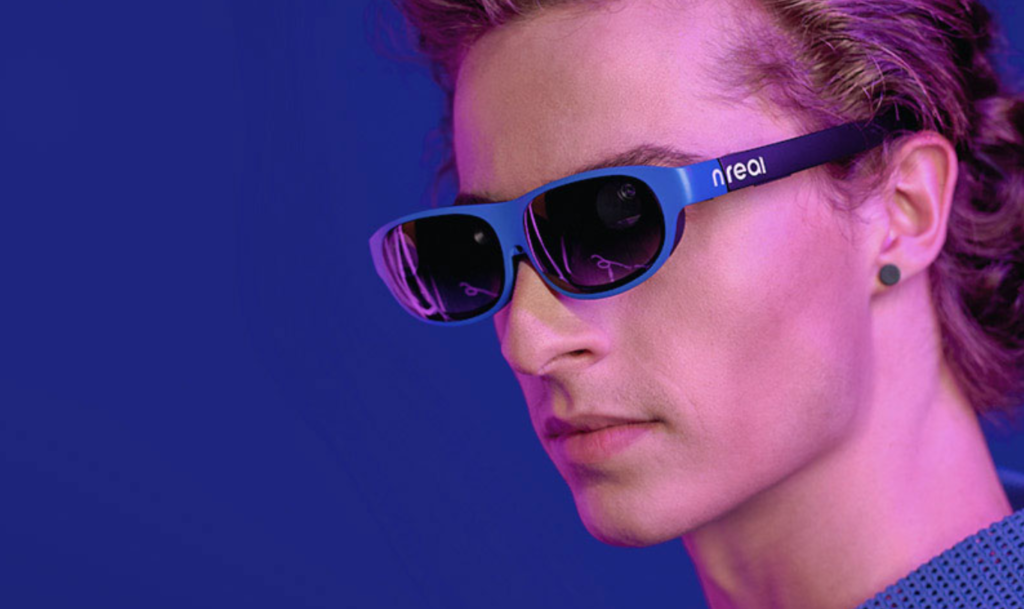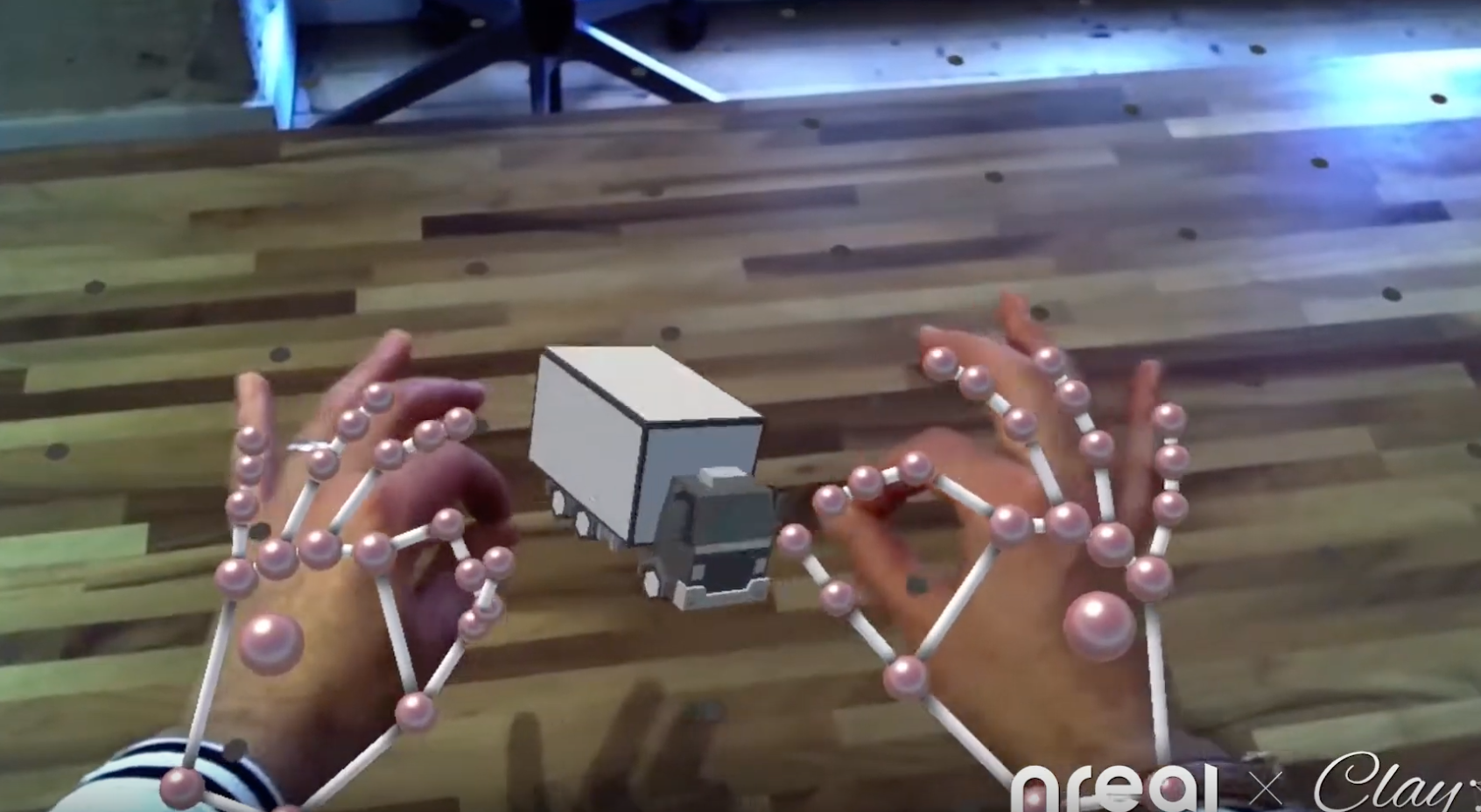Nreal, the China-based company behind the Nreal Light AR glasses, is planning on releasing an update with full hand tracking. This tracking will allow you to be completely free of any trackers, sensors, or anything other than the headset. Your hands are the input, and you are the controller of your augmented world.
This will be enabled with the Qualcomm-backed Clay AIR, a company that is changing the way we interact with the digital world.
This hand tracking is going to be a huge step up from the current controller setup with the AR glasses. As of right now, the only input is your smart device acting as a laser pointer, acting similar to the Oculus Go controller.
Once this update is live, devs will be able to operate with their fingers for any use, making this one of the more customizable SDKs that works with the Nreal Light. The software will also report when the users pinch, point, grab, swipe, and even zoom in on more detailed pieces.

Nreal isn’t the first to introduce hand tracking into AR though. The Magic Leap One and the Hololens 2 are both thriving with hand tracking right now, and both seem much further along than the Light. With that being said, this is the first AR hand tracking deice that is doing it without a depth sensor, much like the Oculus Quest.
Real time hand tracking without any hardware designed for the tracking is much harder to do, and it will be taking up more compute space on the hardware that is powering the headset. It will be interesting to see if the companies spec requirements for the power of the headset will change at all going forward.
Nreal Light
The Nreal company is attempting to get consumer-grade AR glasses to the consumers before any of the big tech giants can get there. Nreal was founded back in 2017, and their newest headset, the Nreal Light, has a develop kit available for pre-order right now. That is priced at $1,200, and is expected to drop down to $500 when it is completely ready for the consumers to use.
The Light AR glasses don’t have any on-board processing, as it is offloaded to an external device that is wired to the glasses. It isn’t the most convenient way to do AR, but for now, it is getting the job done. When the product is finished, the glasses should be able to work with any Android phone that is using a Snapdragon 855 processor. If it was released right now, the Samsung Galaxy S10, the Google Pixel 4, OnePlus 7, Galaxy Note 10, and more, would all be able to support the AR glasses.
The planned launch was for 2019, but they have delayed it to the spring of 2020. But even then, it is starting to seem like it might get delayed once more.
However you look at it, this is an exciting time for both Nreal and AR enthusiasts. With hand tracking becoming more common, it is going to be easier and easier to adopt AR into our lives. For more AR and VR related news, make sure to check back at VRGear.com.






























